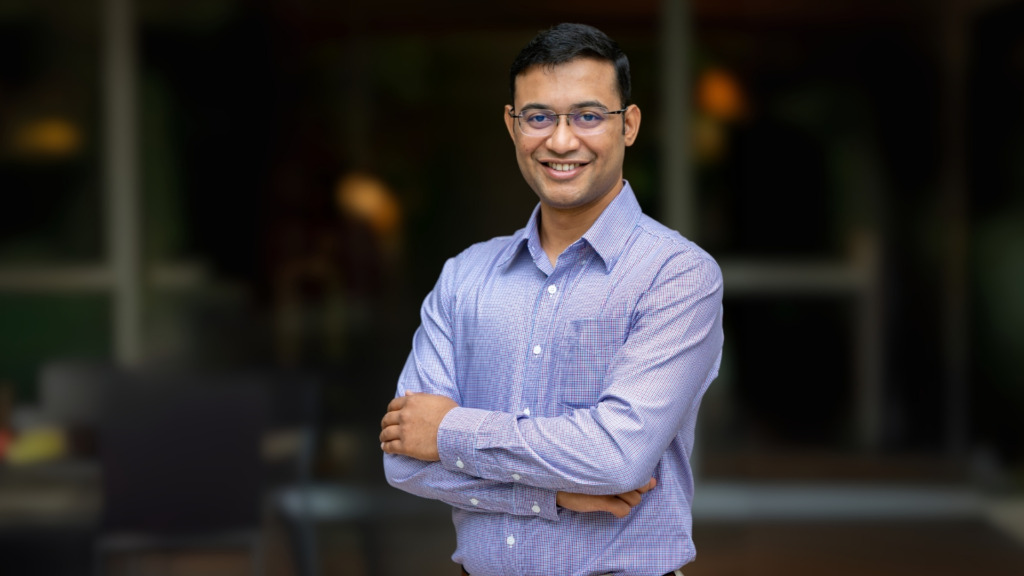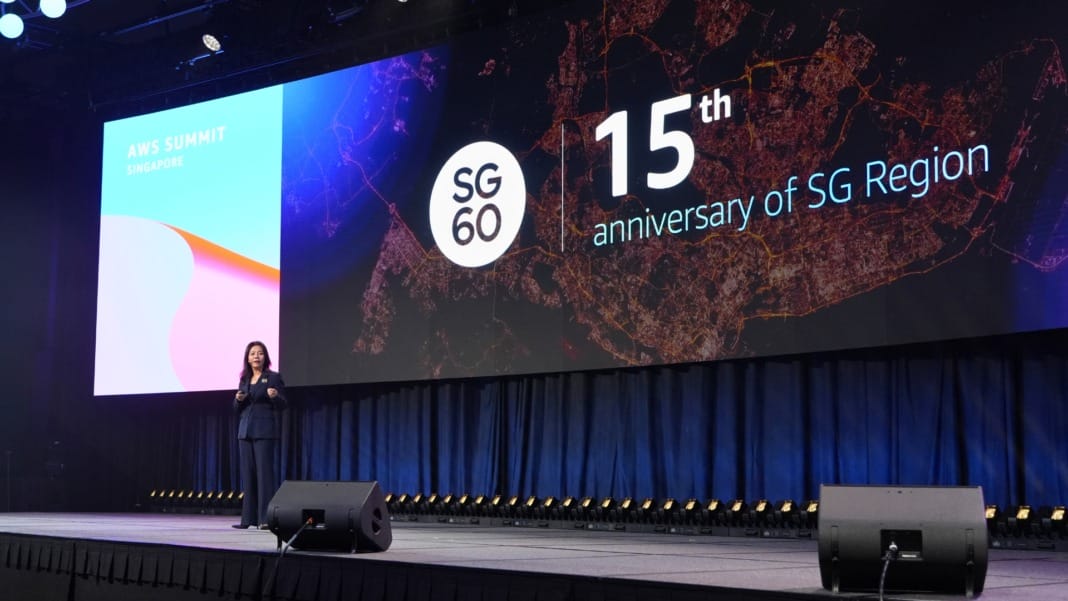Hiring today looks very different from just a few years ago. The way companies attract, assess, and engage talent is undergoing rapid change. Application volumes are climbing. Job seekers are turning to AI to polish their resumes. And across the board, expectations for speed and precision have risen. Businesses, especially in fast-moving or talent-scarce markets like Singapore, Malaysia, and Indonesia, are feeling the pressure to adapt.
At the same time, recruitment platforms are moving beyond their traditional role as job boards. They’re becoming intelligent systems that streamline hiring from start to finish. SEEK, a leading player in Asia’s recruitment ecosystem, is responding with a suite of AI-powered tools and flexible pricing models designed to meet these evolving demands.
AI is no longer just a useful add-on in recruitment, but it’s becoming the default infrastructure. From improving job ad visibility to enhancing candidate assessments, artificial intelligence is changing the rules and setting new expectations across the region.
Recruitment is evolving in response to application surges and hiring pressure
The number of applications per job posting has surged. According to SEEK, application volumes across its platforms, Jobstreet and Jobsdb, are up 57% year-on-year. Singapore, in particular, stands out with a 146% increase, despite maintaining low unemployment levels. It’s not just entry-level candidates flooding the market; mid-career professionals are actively looking for better roles even while employed.

Rishi Patil, Head of AI Product at SEEK, links this trend to technology and behavioural shifts. “It’s the direct result of our strategic investments in our brand and technology, coupled with a job market reality where talented professionals are actively pursuing better opportunities even while employed.”
But more applications don’t always mean better hiring outcomes. They often mean more screening, longer time-to-hire, and higher chances of overlooking the right fit. This is particularly critical in Singapore, where many companies maintain rather than expand headcount. In such cases, replacing a high-performing employee becomes a high-stakes decision.
To ease the burden on employers, SEEK introduced SEEK Pass. This credential verification tool allows job seekers to confirm their work history, qualifications, and identity early in the hiring process. Integrated with Singapore’s Ministry of Manpower through SingPass, it helps hiring teams filter candidates more efficiently and with greater confidence. With verified profiles, recruiters can spend less time validating information and more time assessing fit.
Hiring platforms are moving from listings to outcomes
Traditional recruitment platforms typically monetise through job ad placements. However, that model is being challenged as employers seek more measurable returns. Instead of paying upfront for ad space, companies are asking for pricing that reflects real results, namely, successful placements.
SEEK has responded by making job listings in Singapore completely free. This is part of a broader effort to remove friction and ensure more employers, especially startups and SMEs, can access the platform without worrying about costs. “It allows us to create the most comprehensive job marketplace possible,” said Patil. “When we have all the roles and all the job seekers on our platform, our AI can make even better matches.”
This open model also benefits job seekers. With more listings, they have greater visibility into opportunities and can make more informed choices. At the same time, SEEK uses backend analytics to help employers understand how their ads perform compared to similar roles. If a listing underperforms, the platform prompts the employer to consider upgrading for better reach and visibility.

Another key innovation is SmartHire, a performance-based hiring service tailored for hard-to-fill roles. It blends AI-powered matching with human recruitment consultants and charges employers only after a successful placement. In a market like Singapore, where specialised roles are often challenging to fill, SmartHire provides a cost-effective alternative to traditional recruiters. The model has already proven successful in Hong Kong, delivering 270 placements as of March 2025.
These changes represent a clear shift toward accountability in hiring. Employers no longer want to pay for potential, as they now have the ability to pay for outcomes.
AI tools are becoming the new hiring infrastructure
Artificial intelligence is now embedded throughout the recruitment process, not just in isolated features. SEEK’s platforms use over 50 AI services to support employers and job seekers at different touchpoints.
One of the most impactful tools is its AI-powered job ad writing assistant. Unlike generic generators, this one is trained on successful job listings from the SEEK ecosystem, tailored to specific industries and markets. It recommends phrasing, structure, and keywords based on what has worked in similar roles. This ensures higher visibility, better engagement, and more relevant applicants.
Employers also receive predictive insights at the point of posting. For example, the platform forecasts how many applications a listing is likely to receive and provides tips to improve reach or relevance. While the job ad is live, real-time analytics help employers monitor performance and compare it with similar listings. This allows quick adjustments and more informed decisions.
For job seekers, SEEK has introduced a new search experience using large language models (LLMs). Candidates can describe what they’re looking for in plain language—for example, “a mid-level marketing role in a company with sustainability initiatives and hybrid work options.” The AI interprets these preferences and presents tailored results. This natural-language approach increases job relevance and satisfaction, especially for users with specific career goals.
The impact of these enhancements is measurable. Patil reported that SEEK has seen a 20 to 30 percent increase in quality applications—those more likely to convert into successful placements.
AI-generated resumes are shifting how talent is assessed
Using generative AI tools like ChatGPT in writing CVs has become widespread. According to SEEK, AI-generated resumes on its platforms have increased 91% across Asia, with Malaysia seeing a 109% rise.
While these tools empower candidates to present themselves more effectively, they also make it harder for employers to distinguish between genuine capability and polished formatting. “When everyone has access to these tools and suddenly every resume contains the same optimised keywords and formatting, those surface-level indicators lose their differentiating value,” said Patil.
SEEK’s solution to this challenge is twofold. First, SEEK Pass brings verification to the start of the process. With identity and qualification checks done upfront, employers can focus on evaluating fit rather than worrying about credentials.

Second, SEEK’s platform goes beyond static CV data. It uses behavioural insights, application history, and skill match analysis to identify candidates most compatible with a given role. This approach shifts the emphasis from presentation to potential.
For example, a candidate who may not have a standout resume but has consistently applied for similar roles and holds verified experience in related tasks is likely to be highlighted by the AI as a strong match. This allows hiring managers to uncover hidden gems that may otherwise be overlooked.
What companies need to do to stay ahead
Recruitment involves creating a connected, data-informed experience that aligns candidate aspirations with business needs. And while AI plays a central role, human judgment remains critical.
To stay competitive, companies must first revisit how they present themselves. Today’s job seekers are increasingly selective. They care about culture, career progression, and alignment with personal values. Businesses should take a closer look at their employer branding and ensure these aspects are clearly communicated across all candidate touchpoints.
Next, operational efficiency must improve. Administrative tasks like interview scheduling, application follow-ups, and candidate tracking can and should be automated. Doing so allows HR teams to spend more time on conversations, assessments, and building relationships, leading to better hiring decisions.
Flexibility is also key. Outcome-based models, such as SEEK’s SmartHire, lower employers’ risk while offering a clear return on investment. These models are especially valuable in periods of economic uncertainty or when hiring budgets are tight.
As Patil puts it, “Each hire becomes more critical, and our solutions are designed precisely for this environment.”
Finally, trust in the hiring process must be prioritised. Verification tools like SEEK Pass are not just about compliance—they’re about giving both sides of the hiring equation the confidence to move forward quickly.
The recruitment landscape in Asia is evolving quickly. Businesses that embrace AI-enhanced tools, streamline operations, and focus on real hiring outcomes will be better positioned to access quality talent faster and more effectively.





